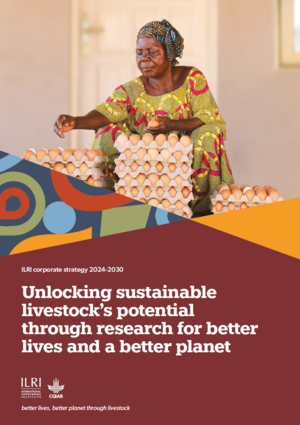
Demand-driven crop-ruminant intensification: trans-regional analysis to understand patterns of change using village-level data from three continents
Abstract
The growing demand for livestock products in the developing world is expected to drive livestock production in these countries. Delgado et al. (1999) predict that by 2020, developing countries will produce on average 38% more meat and 54% more milk per capita than in the early 1990s. The livestock revolution could then translate into opportunities for smallholder livestock producers. In the case of ruminants, much of this increase may occur in mixed farming systems, rather than through industrial production. In 1991–93, mixed systems produced 92% of the world's milk, and 54% of the world's meat (de Haan et al., 1997).
Citation
Baltenweck I.; Staal, S.; Ibrahim, M.N.M. 2004. Demand-driven crop-ruminant intensification: trans-regional analysis to understand patterns of change using village-level data from three continents. IN: Owen, E.; Smith, T.; Steele, M.A.; Anderson, S.; Duncan, A.J.; Herrero, M.; Leaver, J.D.; Reynolds, C.K.; Richards, J.I.; Ku-Vera, J.C. (eds.). Responding to the livestock revolution: the role of globalisation and implications for poverty alleviation. British Society of Animal Science Publication No. 33. Nottingham (UK): Nottingham University Press: 155-166.









